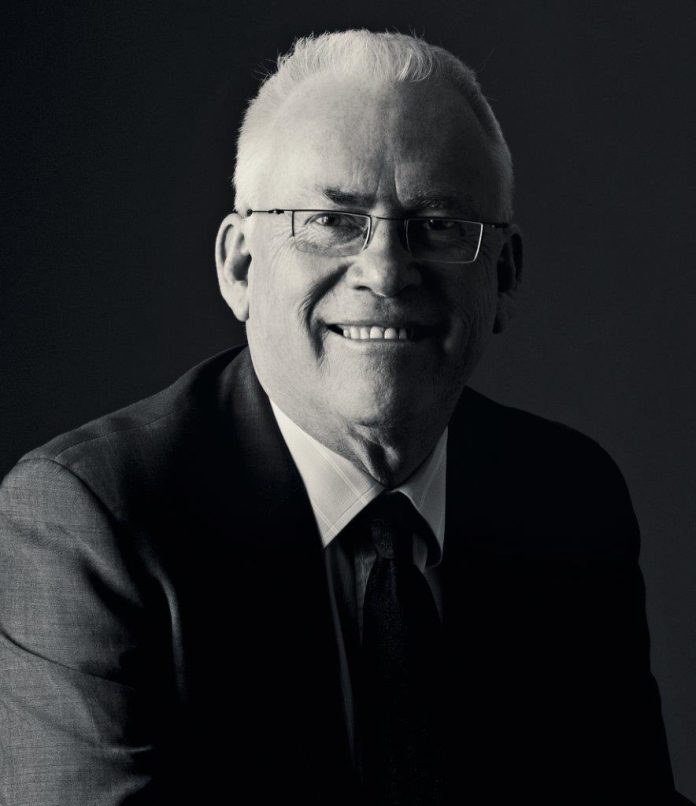With some changes still going on at Australia’s largest electronic security wholesaler it might be tempting to think the company has lost its way. But the financials and the MD tell rather a different story.
HILLS Industries’ security business teams spent a considerable part of last year unsure of their future, yet the underlying fundamentals of the business continue to be very strong and at a management level security is clearly seen as a key business segment it intends to grow organically and by acquisition.
In a recent interview on public radio, Hills Industries’ MD Ted Pretty said the company’s restructure, which involved the sale of non-core assets, was now over and it was time to focus on areas of growth, which include security electronics and networks. Importantly though, Pretty said it was vital the company innovated on top of these growing segments.
Certainly, the first half of the 2014 financial year was very good for Hills, with revenue from its electronics and communications businesses, which include DAS, Pacific Communications and Lan1, up $A26.3 million (17.2 per cent) from $152.8 million to $179.1 million.
EBIT for these businesses was $17.9M, up $6.1M or 51.7 per cent higher for the half year over the comparable period. According to Hills’ financial report, the E&C segment is to be the core of the Hills business going forward and it says “these positive comparable results reflect the success of Hills’ change program to date”.
And looking ahead, the company’s aspirations for 2016 are to draw 75 per cent of its revenues from technology and communications including security, and the remaining 25 per cent from services.
“While we continue to drive efficiencies and to streamline the cost base, we are now focused on seeking growth in our core health, security, automation and networking businesses”
Meanwhile back on 2GB radio, Pretty told host Ross Greenwood that prior to the restructure: “We had lost our way – we had become too diversified – too many businesses but leading none, we had taken our eye off the ball. By doing the restructure, we have sold non-core assets and focused on the technology and communication space – that’s a future direction we can take this company.
“We had building and industrial – steel businesses, we had a lifestyle business that made things like water tanks, we had plumbing businesses and then we had the electronics and communications businesses,” Pretty said. “When we looked at where we make our money and where the growth is going to come from, it’s in the electronics and communication space.
“So we said, let’s sell those other businesses and focus on those that can generate growth – healthcare, education and security. And the trick is to innovate on top of that. The numbers are good, balance sheets are up but we know we are in a global market so we have to get moving and innovate or we won’t survive.”
Pretty agreed with Greenwood there needed to be a culture change inside the organisation.
“The reality of it is we have to partner, we can’t think we can do all this by ourselves,” he said. “We need to partner with universities, to incubate new businesses alongside our existing business.
“There is a lot of ingenuity in Australia – the issue is getting it to market – we have not been good at that compared to say, the U.S. or Israel. This is partly the result of tax structures that don’t reward people for innovation – We have to reward success.
“Frankly, in Australia we reward mediocrity and that won’t cut it in the global economy,” said Pretty. “We need to focus on the things we have a natural advantage in and where we can develop niche markets.”
Something that is clear is that while the broader restructuring of the Hills business is over, the polishing is continuing.
“We are very pleased with our first half FY14 results,” Pretty said in a press release mid-February. “All divisions have performed solidly. The results demonstrate that Hills is now a simpler and more streamlined company than it was 12 months ago and that it is well positioned to implement our ‘One Hills’ strategy focusing on technology and innovation.
“While we continue to drive efficiencies and to streamline the cost base, we are now focused on seeking growth in our core health, security, automation and networking businesses – both organically by adding new products and services into the mix, and by acquisition.”
These last comments are telling from the point of view of Hills’ staff – there’s going to be the pain of ‘cost base streamlining’ but there are opportunities coming, too. Meanwhile, the message for integrators and end users is clear. Hills’ future success depends on its electronics and comms business – and the company knows it.










